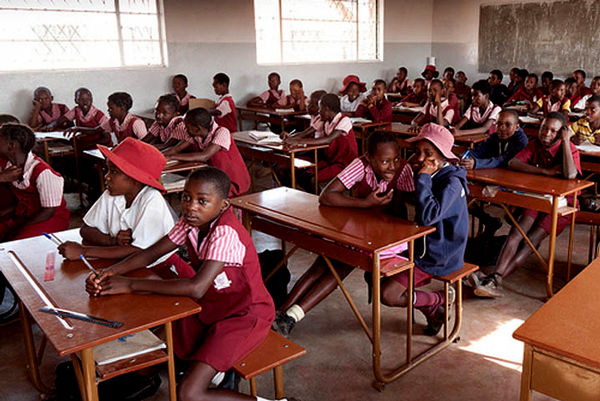
BY JULIA NDLELA
BASIC commodity prices continued rocketing across Zimbabwe this week, shattering hopes for millions of consumers, whose buying power has been eroded by rising inflation.
This week’s developments came as the Reserve Bank of Zimbabwe admitted it was now “concerned” after annual inflation hit 96,4% in April, the highest rate in Africa.
Zimbabwe’s inflation rate was 72,7% in March.
The crisis confronting consumers is that as the meltdown deepens, authorities have struggled to come up with concrete responses, triggering a wave of discontentment from the general public, including civil servants.
The country’s ailing economy has battled to withstand headwinds ranging from a volatile currency exchange rate and foreign currency shortages.
According to the Famine Early Warning Systems Network (Fewsnet), maize meal and bread prices in Zimbabwean dollars (Zimdollar) increased by approximately 50% and 30%, respectively between March and April and are expected to rise further.
“Global price increases related to the Ukraine crisis as well as domestic inflationary pressures are expected to continue driving prices significantly above average for fuel, grain, fertiliser and other commodities during the outlook period,” Fewsnet said in its latest update.
- Chamisa under fire over US$120K donation
- Mavhunga puts DeMbare into Chibuku quarterfinals
- Pension funds bet on Cabora Bassa oilfields
- Councils defy govt fire tender directive
Keep Reading
“Above normal production and transport costs are expected to further increase the prices of goods and services, including food prices.”
The country is currently using the Zimbabwean dollar, which continues to be eroded with the official rate now at US$1:$165.99.
Fewsnet said the unstable economic conditions continue to limit households, who do not have the buying power due to financial constraints.
“Ongoing macro-economic challenges, compounded by increasing prices of basic food, fuel and fertilisers, as well as disruptions in global supply chains are expected to negatively impact low-income households in both rural and urban areas,” Fewsnet said.
The late rains that came in March negatively impacted crop development, making it hard for poor households, who heavily rely on agriculture for income.
“Households in worst-affected areas have little to no own-produced green harvests for consumption given the delays and poor progression of the season,” it said.
“Some households are being forced to prematurely harvest crops they planted late, especially maize, due to household cereal stocks having run out, poor access to cereal on the markets, and the end of humanitarian assistance in March.”
According to Fewsnet, as of early April, the Grain Marketing Board (GMB) started buying grain from the 2021/22 harvests using producer prices announced in December 2021. The government last week increased the Zimbabwean dollar (Zimdollar) producer prices for maize and small grains by 28% and 7%, respectively, considering high inflation.
The new producer prices followed the release by the Zimbabwe National Statistics Agency (Zimstats), which indicated that inflation spiked upwards from 72,7%, recorded only last month, to 96,4%.
Concerns have been raised about the farmers’ ability to return to the field next season amid the global challenges of the Ukraine-Russia crisis.
“Above normal prices and likely shortages of fertiliser are expected to negatively impact winter cropping and preparations for the 2022/23 cropping season both at large-scale commercial and smallholder subsistence levels,” Fewsnet said.











